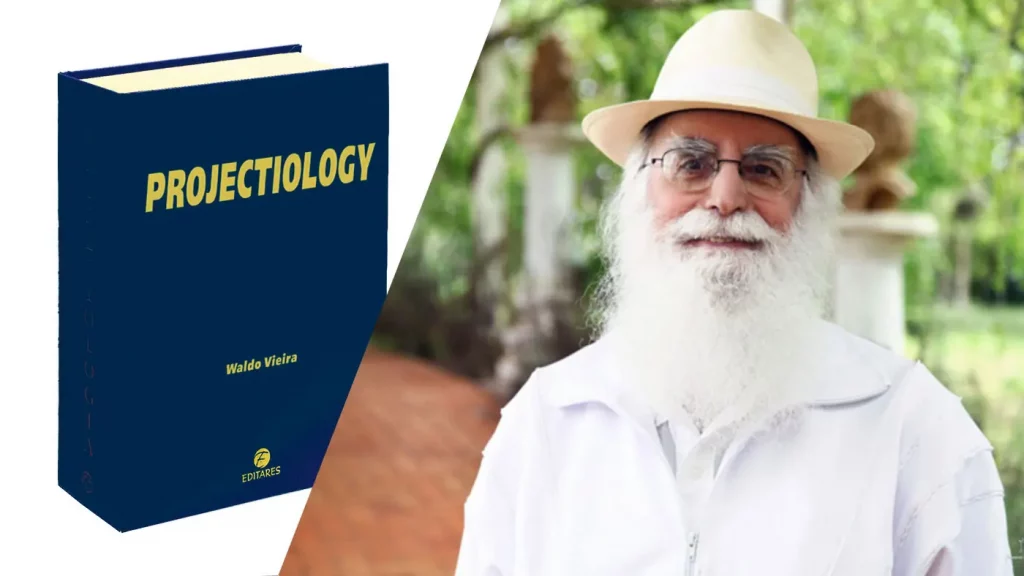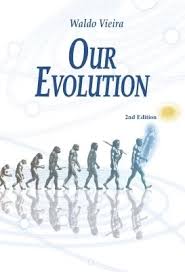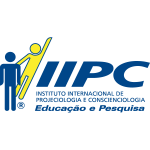Conscientiology
The neoscience Conscientiology is dedicated to the study of the consciousness, also referred to as individuality, self, ego, or self.
Conscientiology goes beyond the materialistic approach of conventional scientific disciplines, proposing the theoretical and practical challenge of perceiving and analyzing one’s inner reality from a new rational, technical, comprehensive, and universal perspective.
Through various specialties, Conscientiology addresses topics such as the projection of the consciousness (out-of-body experiences), multiple lives, the holosoma (various bodies of the consciousness’ manifestation), bioenergies, multidimensionality, cosmoethics, among many other parapsychic and evolutionary themes.
The current scientific paradigm has proven to be incomplete in the study of the consciousness and its manifestations. Therefore, it is reasonable for this model to be challenged and, when necessary, replaced with a more comprehensive alternative.
In this context, Conscientiology emerges, proposed by the Brazilian physician, dentist, lexicographer, and independent researcher Waldo Vieira (1932 – 2015).
Principle of Disbelief
The neoscience of Conscientiology proposes the mega-challenge of the Principle of Disbelief, in which the researcher refuses to accept any concept in an a priori, dogmatic manner, without practical demonstration or careful reflection.
Under this proposition, Conscientiology distinguishes itself from other systems of ideas or conventional lines of knowledge, such as religion, beliefs, and mysticism based on hermetic faith.
There are no absolute truths regarding the consciousness. All knowledge tends to evolve and advance. Everything related to the study of the consciousness is subject to research and discussion, constituting leading-edge relative truths (verpons).

Consciential Paradigm
Conscientiology is the “science that studies the consciousness in an integral, holosomatic, multidimensional, multimillennial, and multiexistential manner, and, above all, in accordance with its reactions to immanent energies (IEs) and consciential energies (CEs), as well as in its multiple states of thosenic manifestations” (Waldo Vieira).
The consciential paradigm is the leading theory of Conscientiology founded on the consciousness itself. This paradigm addresses the consciousness based on the following basic premises:
- Holosomatics: It acknowledges the existence of the holosoma (holo + soma), which refers to the set of bodies or vehicles of the consciousness’ manifestation, comprising the soma or physical body; energosoma, the body of energies, also known as the holochakra; psychosoma, the body of emotions; and mentalsoma, the body of discernment.

- Bioenergetics: It assumes the existence and conscious utilization of bioenergies through the energosoma (energo + soma: the energetic body formed by the set of chakras), taking into account the influences of immanent and consciousness energies far beyond the cerebral perceptions recorded through the physical senses.
- Multidimensionality: The consciousness manifests in multiple dimensions, and each vehicle manifests in a dimension. Through the voluntary mastery of conscious projections – out-of-body experiences – a projector has the opportunity to confirm this reality since they are in direct contact with numerous dimensions and non-physical realities.
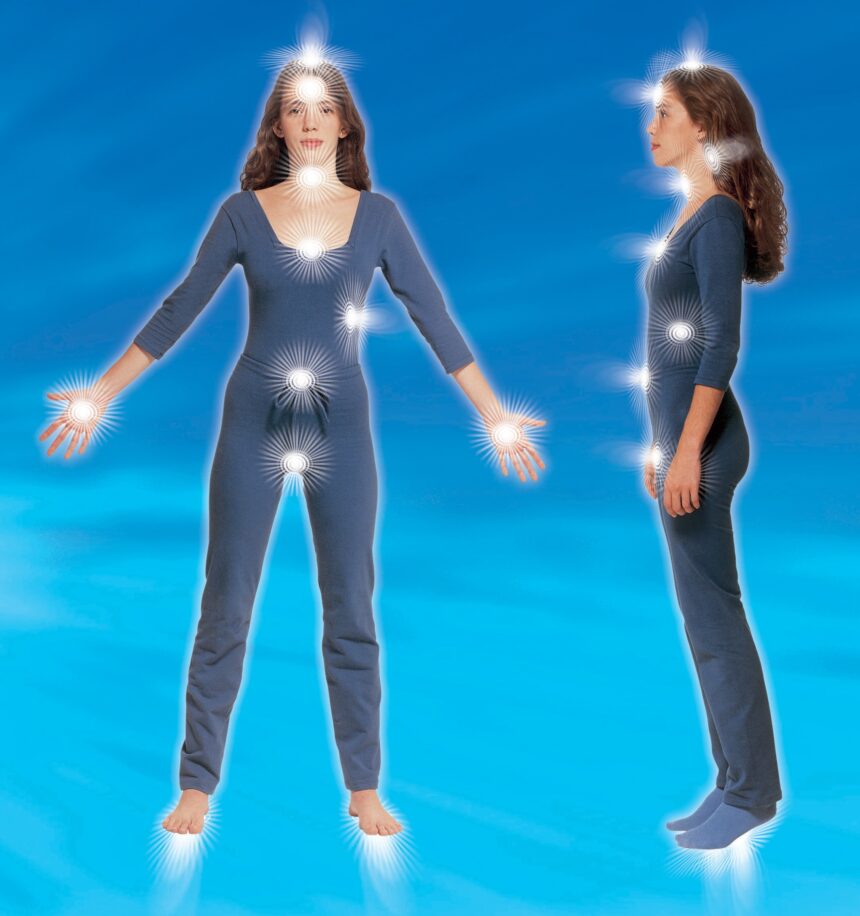
- Seriality: It upholds the principle that the consciousness is multiexistential and multimillennial, meaning that the individual personality undergoes a series of existences or multiple human lives in a series, interspersed with periods called intermissions, which occur between human lives.
- Cosmoethics: Its moral philosophy is cosmoethics or the cosmic morality, which is a broader principle than human morality. It takes into consideration multiple lives, meaning our various interpersonal relationships, which are not always positive, as well as the different vehicles of manifestation. It also considers the quality of our thoughts, feelings, and energy, along with their repercussions.
- Universalism: It encompasses a set of ideas derived from the universality of the basic laws of Nature and the Universe. It encompasses all fields of research, involving the microuniverse of the consciousness, expanding from it to the Universe where we are all immersed. Given this premise, attachment to parochialism, extreme nationalism, prejudices of all kinds, and national borders lose their meaning.
- Self-experimentation: It forms the basis for the study of the consciousness through self-experimentation. Projectiology is considered the practical, experimental part of Conscientiology because the phenomenon of conscious projection is the most important tool for the study of the consciousness.
Projectiology
Projectiology is a subfield or specialization within the science of Conscientiology that studies the projection of the consciousness outside the physical body. In other words, it focuses on the actions of the consciousness (ego, self, or human personality) in non-physical dimensions, free from the constraints of the biological body. The science of Projectiology also investigates other projection-related phenomena, such as bilocation, clairvoyance, near-death experiences (NDEs), intuition, precognition, retrocognition, telepathy, and more. The term “projectiology” is derived from Latin “projectio,” meaning projection, and Greek “logos,” meaning treatise or study.
Have you ever seen yourself outside the body?
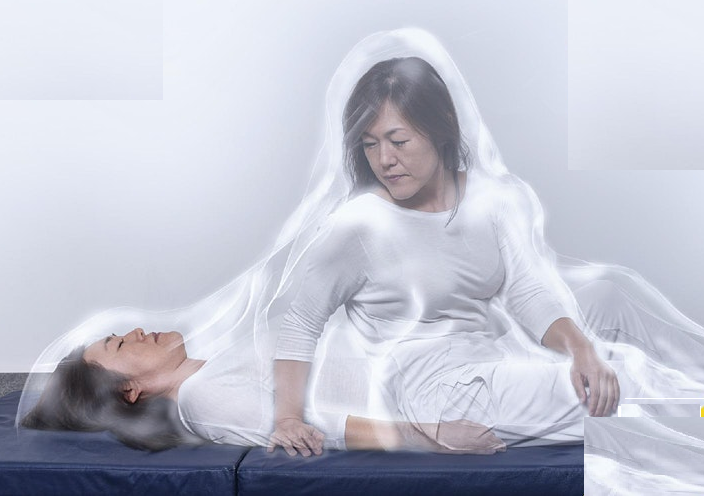
The phenomenon of projection has been reported since antiquity in various cultures. It dates back to ancient initiations, the cult of the “kha” in ancient Egypt, the “homo duplex” described by the French writer Honoré de Balzac, and more recently, it has been known by mystical names such as astral projection or astral travel.
Today, scientists and researchers refer to it as a “projection of the consciousness” or an “out-of-body experience (OBE),” and it is studied scientifically. This scientific approach has led to the understanding that it is a natural and physiological phenomenon that occurs in all people, regardless of their values, beliefs, race, gender, age, social class, or cultural background. It is classified as a universal phenomenon.
The science of Projectiology was proposed in 1981 with the publication of the book ” Projections of the Consciousness” in Portuguese, authored by the physician and researcher Waldo Vieira, who has been a conscious projector since the age of 9. In 1986, Waldo Vieira published the treatise “Projectiology – A Panorama of Experiences Outside the Physical Body,” which, as of 2023, is in its 10th edition in Portuguese and 1st edition in English, containing 1,232 pages and 2,040 bibliographic references. It is considered an international reference on the study of conscious projection.
International research indicates that conscious projection is achieved and experienced by millions of people worldwide. We all leave our bodies, usually when we sleep. However, for most of humanity, there is a lack of awareness during the out-of-body experience and a lack of memory of the projection experienced. This is why many people think that projection doesn’t exist, and because they do not have a clear memory of it, they often confuse it with dreams.

DIFFERENCES BETWEEN DREAM AND PROJECTION
In dreams, as well as in daydreams, imagination, hallucination, mental imbalance, or psychophysiological disorders, we lack control over our actions. However, in a conscious projection, we act from our own will and determination. Numerous research studies highlight the differences between a projection and these altered states of consciousness.
VEHICLES OF MANIFESTATION
The consciousness uses various bodies or vehicles to manifest itself. The human body, or soma, is the densest vehicle and is perceived by the physical senses when we are awake, during the waking state, at which point all the vehicles of manifestation are aligned and fit within one another. During sleep or through physical relaxation, for example, these bodies separate from one another or enter into discoincidence, allowing the consciousness to project itself outside the physical body and act from another, more subtle or less dense body—the emotional body or psychosoma. The physical body remains asleep, lifeless, and devoid of the consciousness, sustained solely by autonomous biological functions. Meanwhile, the seat of our consciousness, located in the psychosoma, can act freely in other dimensions. There is also the manifestation through the mental body or mentalsoma, indicating a higher level of lucidity, rationality, and less emotional involvement. The manifestation of the consciousness is also bioenergetic when it utilizes the energetic body or energosoma, responsible for health and vitality. The set of all these bodies (soma, psychosoma, mentalsoma, and energosoma) is referred to as the holosoma.
During a conscious projection, it is common for the person to feel as if they are floating above their physical body. At other times, they may be able to see their own sleeping body in the bed. The projector may also experience pleasant vibrations throughout the body, sounds or noises inside the head, a sensation of free fall, temporary inability to move the physical body, a feeling of swelling or inflating like a balloon, and various other signs related to the projection phenomenon.
TYPES OF PROJECTIONS
Most of the time, our projections occur involuntarily or spontaneously during natural sleep or even a brief nap. In other cases, conscious projection occurs in critical situations, such as in a Near-Death Experience (NDE), which is a type of forced, compulsory, or pathological projection caused by organic trauma, physical accidents, and commonly experienced by terminal patients or survivors of clinical death.
Projectiology proposes projection techniques so that individuals can achieve voluntary, healthy, and planned conscious projections. This type of projection offers higher levels of lucidity and recall, helps individuals develop emotional self-mastery, overcome the fear of death, reevaluate their values, enhance self-knowledge, and understand their true origins.
WANT TO LEARN MORE ABOUT CONSCIOUS PROJECTION?
VISIT THE WEBSITE OF THE INTERNATIONAL INSTITUTE OF PROJECTIOLOGY AND CONSCIENTIOLOGY – IIPC.
Explore the Chronology of Conscientiology
Specialties of Conscientiology
Conscientiology, a multidisciplinary and multidimensional science, demands a precise analysis of its specialties and sub-specialties as they relate to various areas of consciousness study. Currently, there are hundreds of specialties catalogued. However, to better elucidate the correlational nature among them, a synoptic chart has been created with the first 70 specialties.
The development of the synoptic chart is analogous to an anatomical study in which each element (specialty) is spatially situated in relation to the others (parts) and to the whole (Conscientiology).
The following synoptic chart shows the interrelationships among these specialties, and considers the spatial scope into 6 Logical Orders as being the criterion for organization.
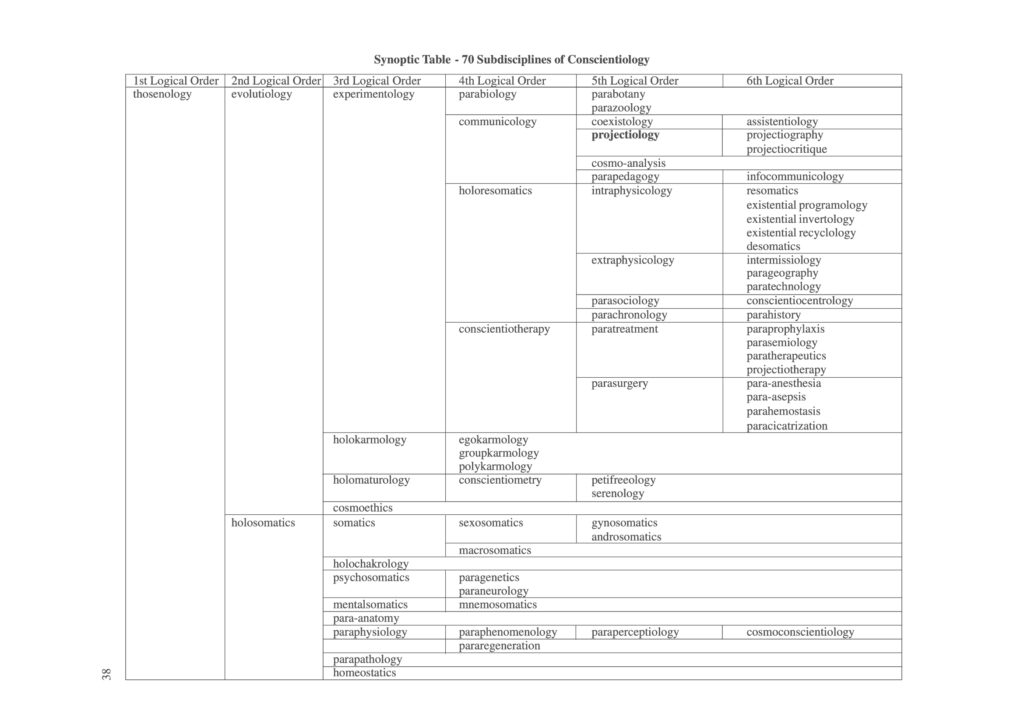
© 2023 Foz do Iguaçu. All rights reserved Unicin
protocolo@unicin.org
www.unicin.org
© filmagem aérea. Copyright. SkyTakes

